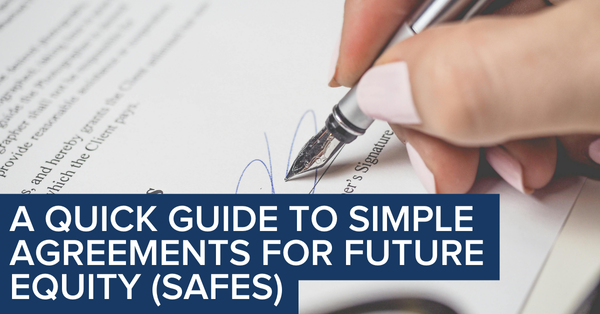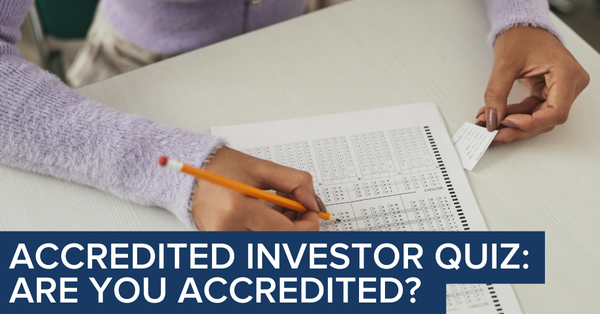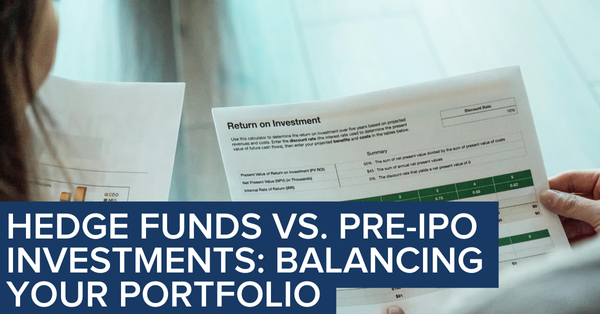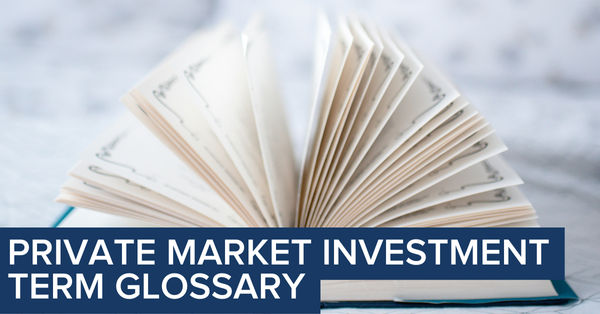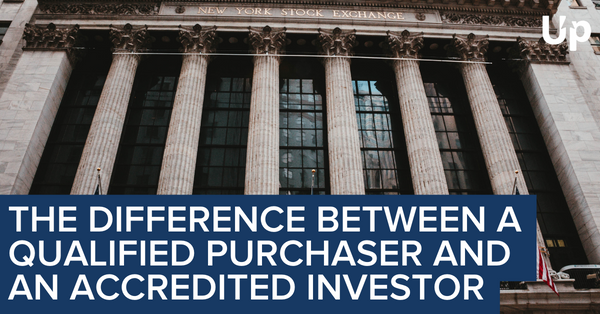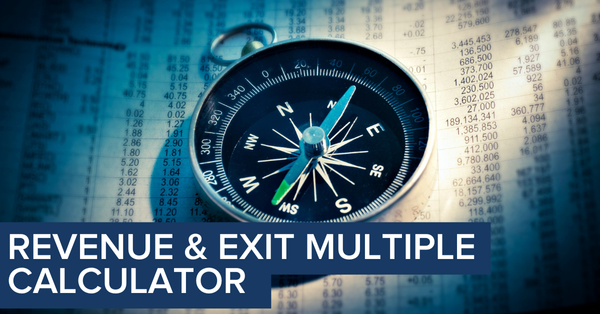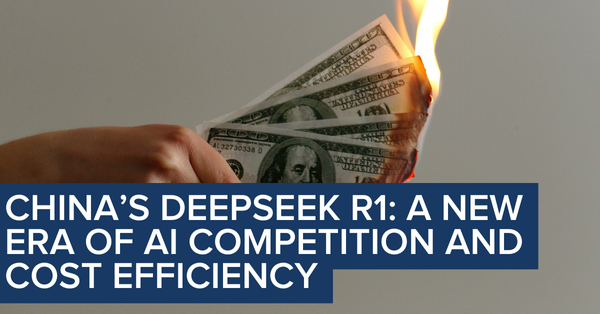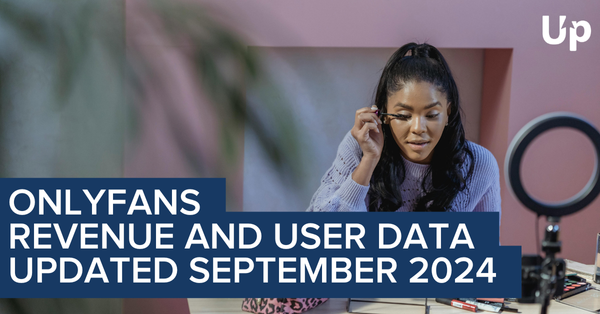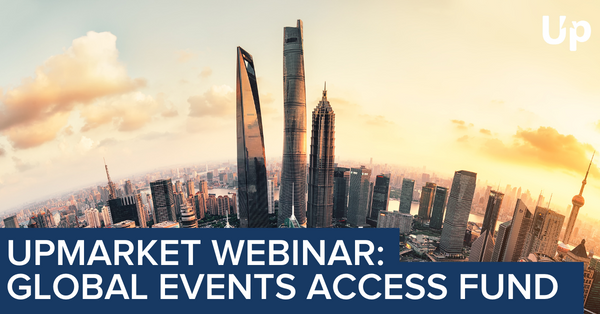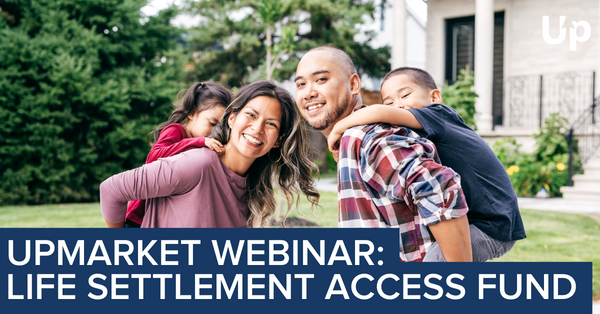How to Buy Pre-IPO Stock: A Step-by-Step Guide for Private Market Investors
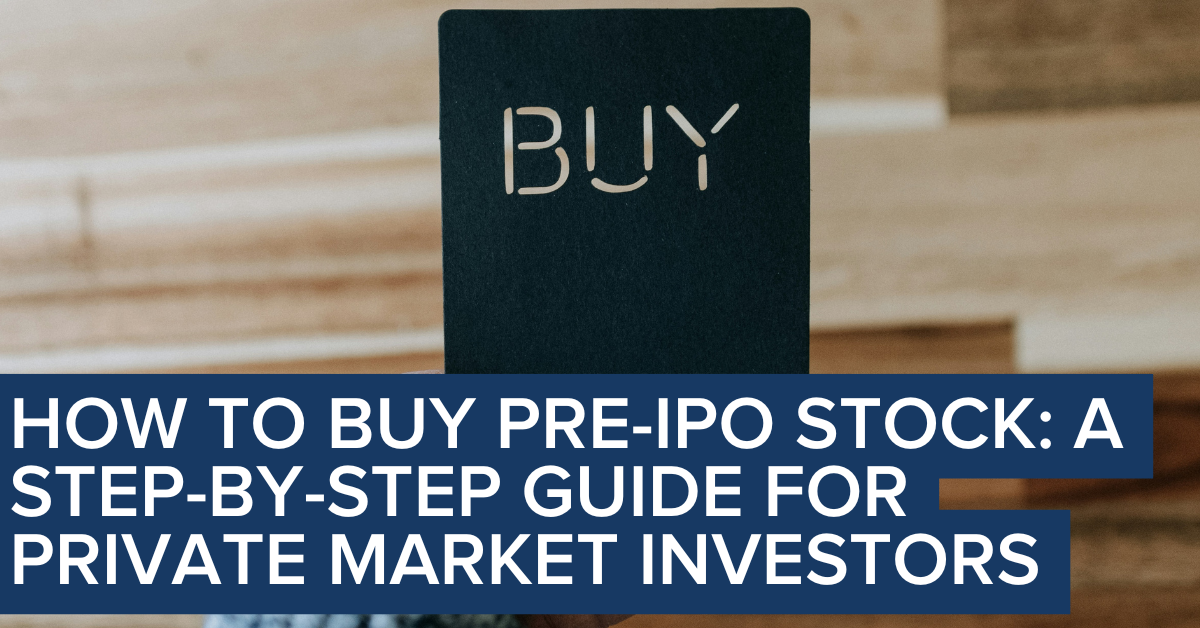
Pre-IPO investing offers a compelling opportunity to gain early exposure to high-growth companies—often before the public markets catch on. But buying shares in a company before it goes public is not as straightforward as logging into a brokerage account. In this guide, we’ll walk you through how to buy pre-IPO stock, the key terms you need to know, and how to evaluate investment opportunities with confidence.
What Is Pre-IPO Stock and Why Do Investors Buy It?
Pre-IPO stock refers to shares in a private company that are sold before the company lists on a public exchange like the Nasdaq or NYSE. These shares are usually offered to institutional investors, funds, and accredited individuals through private placements, secondary market transactions, or investment vehicles like SPVs.
Why consider pre-IPO stock?
- In some instances, a majority of a company's value appreciation happens before the IPO.
- Access to pre-IPO stock enables investors to get in early, albeit with added risks.
- It can be a way to diversify your portfolio into companies and sectors that are nascent, unique, or don’t correlate with public markets.
The Process of Buying Pre-IPO Shares
Investing in a pre-IPO company is a multi-step process that demands diligence, precision, and patience.
Here’s how it typically works from start to finish:
1. Identify a Target Company
Start by developing a thesis about the type of company or sector you're interested in—AI infrastructure, fintech, biotech, etc. Public sentiment, market momentum, or visibility in the startup ecosystem often inform the short list. You may be drawn to companies like Stripe, SpaceX, or OpenAI, though these may have restricted access or higher buy-in requirements.
2. Source Shares Through a Broker, Platform, or Personal Network
Pre-IPO shares are usually accessed in three ways:
- Secondary platforms (like UpMarket) that connect buyers with current shareholders, such as venture funds, employees, or early investors.
- SPVs (Special Purpose Vehicles) are created to pool capital for a single investment.
- Direct sourcing through personal connections at the company or through a fund manager’s network.
Always verify that the entity providing access is a registered broker-dealer or affiliated with one. Partnering with reliable firms is essential when engaging in private-market transactions.
3. Conduct Diligence on the Offering
Every pre-IPO deal is unique. Before moving forward, review:
- The source of shares (Are they employee shares? Are they locked up?)
- Share class (common vs. preferred)
- Transfer restrictions (such as company approval or right of first refusal)
- Secondary pricing trends and comps
- Company maturity and any IPO-related signals
Use UpMarket’s Pre-IPO Investment Checklist to walk through risks, fees, and expected returns.
4. Review the Offering Documents and Subscription Materials
This includes reviewing the Private Placement Memorandum (PPM), operating agreement, investor questionnaire, risk disclosures, and fund terms. Pay close attention to:
- Fees (management, carried interest, subscription)
- Liquidity terms
- Voting rights and liquidation preference
- Tax treatment (e.g., will you receive shares or a cash distribution at exit?)
5. Sign and Execute the Subscription Documents
Once you’ve reviewed and are comfortable with the terms, you’ll review and sign your subscription documents. This formalizes your intent to invest and confirms your status as an eligible investor (usually via accredited investor or qualified purchaser attestation).
6. Wire Funds to the Designated Custodian or Administrator
After signing, you’ll receive wiring instructions. It’s essential to verify the recipient, usually a regulated custodian or fund administrator, and ensure you meet the funding deadline.
7. Monitor the Investment and Stay Updated
Once your investment is active, you should expect periodic updates from the platform or manager. This might include:
- Quarterly reports
- Notices about corporate events (e.g., additional funding rounds, valuation changes)
- Updates on expected exit timing or changes in estimated net asset value (NAV)
8. Exit Scenarios
There are a few potential outcomes:
- IPO or direct listing: Your shares may be converted to public stock and subject to a lock-up period (typically 6 months).
- M&A / Acquisition: Shares may be purchased by the acquirer, often for cash or stock in the new parent company.
- Secondary resale: Some platforms allow you to list your shares before an IPO, though liquidity isn’t guaranteed.
- Write-down or total loss: Not every company makes it. Investors should be prepared for long holding periods and the potential for partial or total capital loss.
This process can stretch across years. Your returns will depend not just on the company’s trajectory but also on fees, taxes, and timing.
How to Invest in Private Companies Before They Go Public
Investing in a company before its IPO usually happens through one of three channels:
- Secondary Marketplaces – These platforms facilitate transactions between existing shareholders (like early employees or seed investors) and interested buyers. Think of them as private exchanges for pre-IPO shares.
- Special Purpose Vehicles (SPVs) – These pooled investment entities let multiple investors combine their capital to buy shares in a specific company.
- Direct Investments – In rare cases, you might be able to invest directly into a company’s cap table through a relationship with insiders or during a private funding round.
Each path has different access requirements, fees, and terms, so it’s crucial to understand the mechanism you're using.
What Are Venture Secondaries?
Venture secondaries are another term for pre-IPO investments and are transactions where existing shareholders—often employees (via a tender offer) or early investors—sell their shares to new buyers. These deals don’t involve the company issuing new stock; instead, they involve the resale of existing ownership.
Key things to know:
- These shares may come with restrictions (like company approval or right of first refusal).
- Prices can vary significantly based on demand, company momentum, and seller urgency.
- You’re usually buying common stock, which often has fewer protections than preferred shares.
Evaluating Pre-IPO Investments: Use a Proven Checklist
Because every pre-IPO deal is unique, UpMarket created a detailed, free Pre-IPO Investment Checklist to help you assess the opportunity before committing capital.
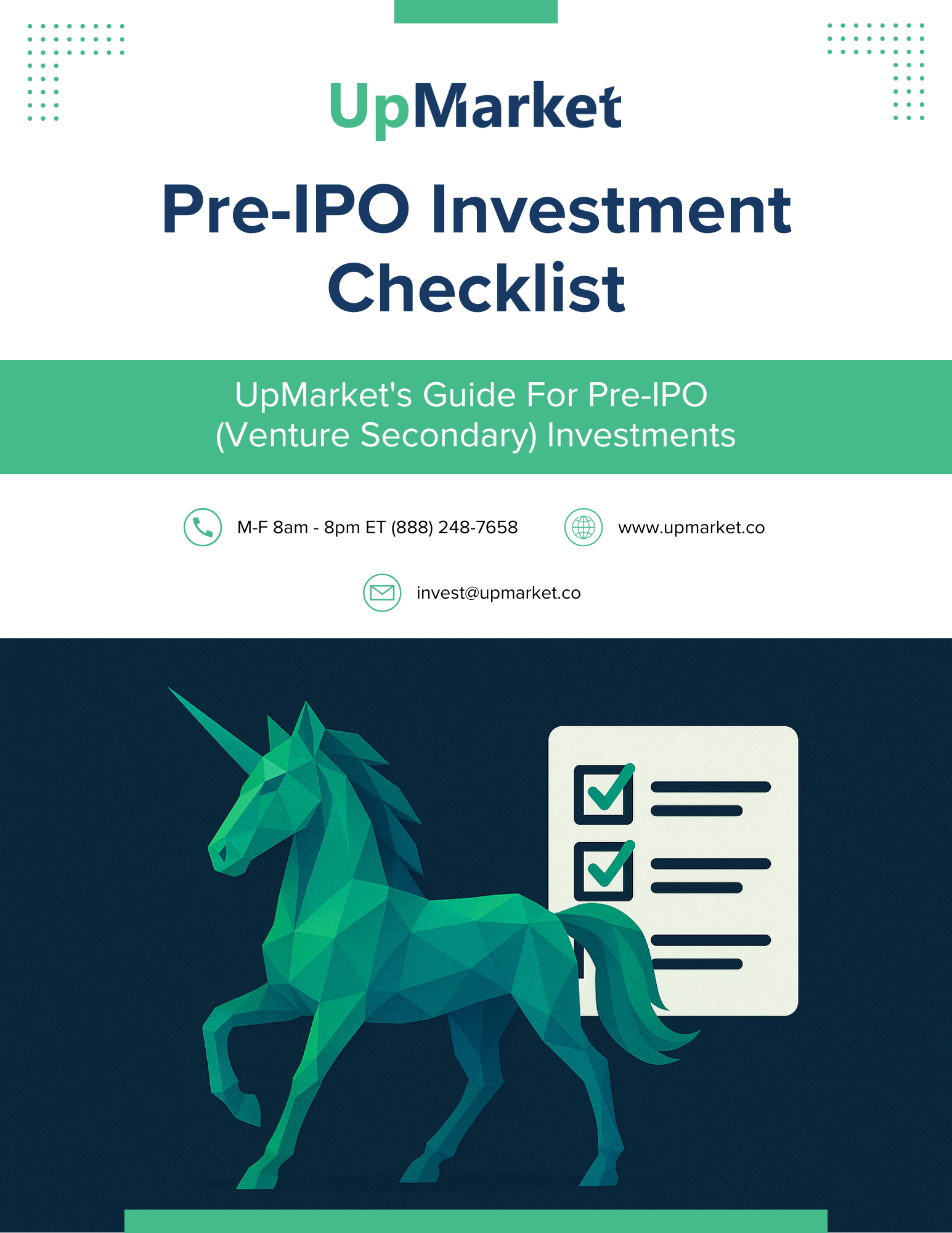
Our checklist includes guidance on how to:
- Understand the fund or broker providing access
- Assess share type, liquidity, and holding periods
- Evaluate pricing, fees, and expected returns
- Analyze portfolio fit and diversification impact
- Flag legal and tax considerations
Whether you’re investing via an SPV, buying employee shares, or evaluating a secondary opportunity, this resource helps bring order to a complex landscape.
👉 Download the Pre-IPO Checklist
What to Look For in a Pre-IPO Investment
Before buying pre-IPO shares, ask these critical questions:
- Access Method: Are you investing via SPV, direct cap table, or employee shares?
- Share Class: Are you buying common or preferred stock?
- Valuation: Is the offer priced at a premium or discount to the last round?
- Liquidity Terms: When and how could you exit this investment?
- Fees: What are the total costs, including carried interest, management fees, and brokerage charges?
- Exit Timeline: Is there a realistic expectation for IPO or acquisition?
Being thorough on these points is essential—many private deals can appear attractive on the surface, but have fine print that undermines potential returns.
How Big Is the Pre-IPO Market?
In 2025 alone, over $120 billion in private stock is expected to trade hands. Companies are staying private longer, and investors are seeking exposure to high-growth startups before they hit the public spotlight.
This expansion has also brought more platforms and access points to the space, giving qualified investors more options in how they participate.
Can I Invest in Pre-IPO Shares?
Pre-IPO investments are typically restricted to:
- Accredited Investors (those meeting income or net worth thresholds)
- Qualified Purchasers (with $5M+ in investable assets)
You should also be prepared for:
- Capital Lockups: Holding periods can stretch 5–10 years.
- High Risk: Total loss of capital is a possibility.
- Limited Information: Unlike public companies, private firms disclose far less.
If you meet the requirements and are comfortable with the risks, pre-IPO investing could be a meaningful addition to your portfolio.
Final Thoughts
Buying pre-IPO shares requires more than excitement about a company’s future—it demands rigorous analysis, a long-term view, and careful selection of access vehicles. Use our Pre-IPO Investment Checklist to stay grounded, ask the right questions, and avoid common pitfalls.
If you decide you are ready, explore UpMarket’s offerings and resources to make your next investment with clarity and conviction.
Disclaimer:
The information contained in this article is not investment advice; and does not constitute a recommendation to buy or sell any securities. The information within this article is meant for informational purposes only. Any statement in this document does not mean that the firm nor its employees agrees, endorses or approves any content of the document.
This article is only for knowledge sharing and does not constitute any investment advice. Anyone who makes an investment decision based on this article does so at their own risk. Any fund investment should be made through a formal confidential private placement memorandum and other fund documents. Potential investors should carefully read the risk factors in the private placement memorandum of securities issuance, and consult their own professional consultants if necessary, and receive advice on any investment, legal, tax or accounting issues. Past performance is not indicative of future performance, and the investment may potentially result in a loss of principal. The source and data of the material are considered to be reliable. However, there is no guarantee of its accuracy or completeness. The Company has no obligation to disclose or revise or modify this statement or any forward-looking statements as the circumstances change or as a result of subsequent events. Private equity funds are only suitable for specific qualified investors to subscribe. United States sales of the fund interests are exempt under Regulation D of the U.S. Securities Act of 1933, and are only applicable to potential investors who are eligible as "Qualified Investors" under Regulation D. Sales outside the United States are exempt under Regulation S of the U.S. Securities Act of 1933. Private equity funds are sold through Upmarket Securities LLC. Upmarket Securities LLC is a U.S. registered broker-dealer, and member of FINRA.
About UpMarket
UpMarket's mission is to unlock the private markets for individual investors.
We provide access to a range of asset classes and investment strategies that span private equity, hedge funds, crypto, real estate, and other alternative assets.
The problem
- A large barrier to entry due to high investment minimums
- Time-intensive because sourcing deals is a lot of work even if you’ve got a great network, and
- Costly because of investment-related diligence costs, paperwork, and legal fees
The solution
- Offering lower investment minimums
- Sourcing and conducting diligence on opportunities for investors, empowering them to pick and choose from pre-screened opportunities
- Making the investment process entirely digital, straightforward, and easy to manage from a single portal




